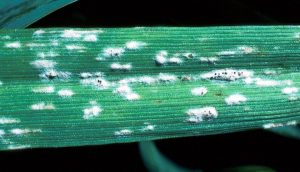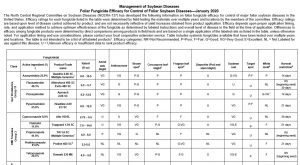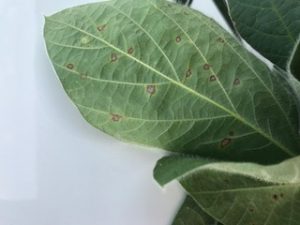Today there were two first observations for some important corn diseases in surrounding states including tar spot and southern rust. Click here to access my article posted on The Bulletin regarding these issues.
So far it is looking like we avoided major Fusarium head blight issues in those counties that have already harvested in the Southern and central parts of the state. Aside from a couple of rejected loads, quality appears to be decent. Parts of N. Illinois appear to have elevated FHB, but again, not the widespread epidemic that we were anticipating. Towards the end of the growing season I heard a lot about severe FHB in some parts of S. Illinois, but upon visiting sites, it was apparent that fields were far past the point where FHB damage can accurately be assessed. In general I tell people to make assessments 18-24 days after 10.5.1 (flowering) as this assessment point gives the fungus enough time to colonize and produce easily rateable and diagnostic symptoms. Symptoms can start earlier or later, but that 18-24 day window in my experience is the best in terms of assessing FHB damage. Later than that and you end up with confounding effects of senescence and secondary fungi that can make field severity look worse than it actually is, whereas assessing too early may underestimate severity.



